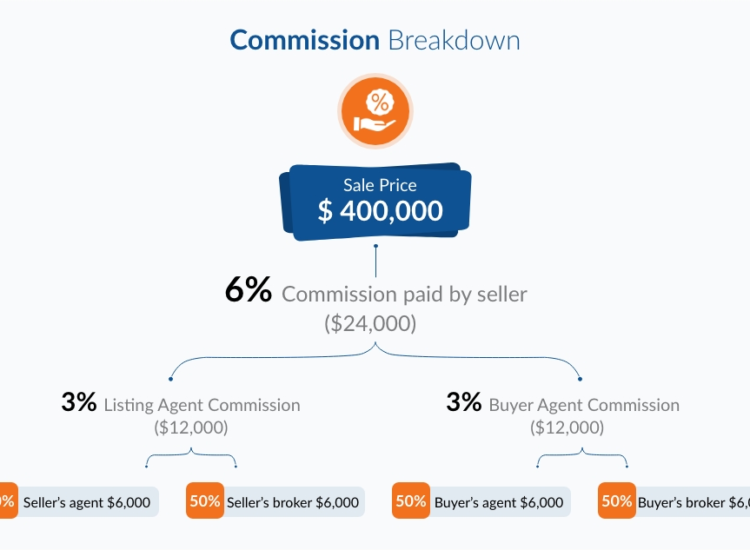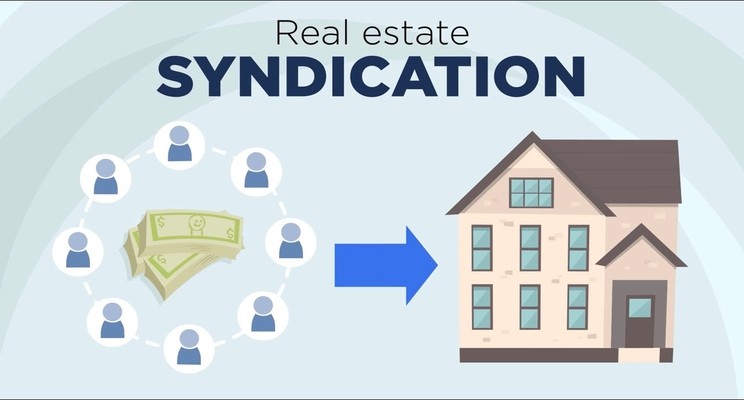Refinancing a home loan is a financial strategy that allows homeowners to replace their existing mortgage with a new one, often with better terms. In an evolving market, refinancing can present significant advantages, including lower interest rates and reduced monthly payments. But is it the right move for you? This guide will help you understand the benefits, process, and potential pitfalls of refinancing your home loan.
Toc [Hide]
Introduction to Refinancing
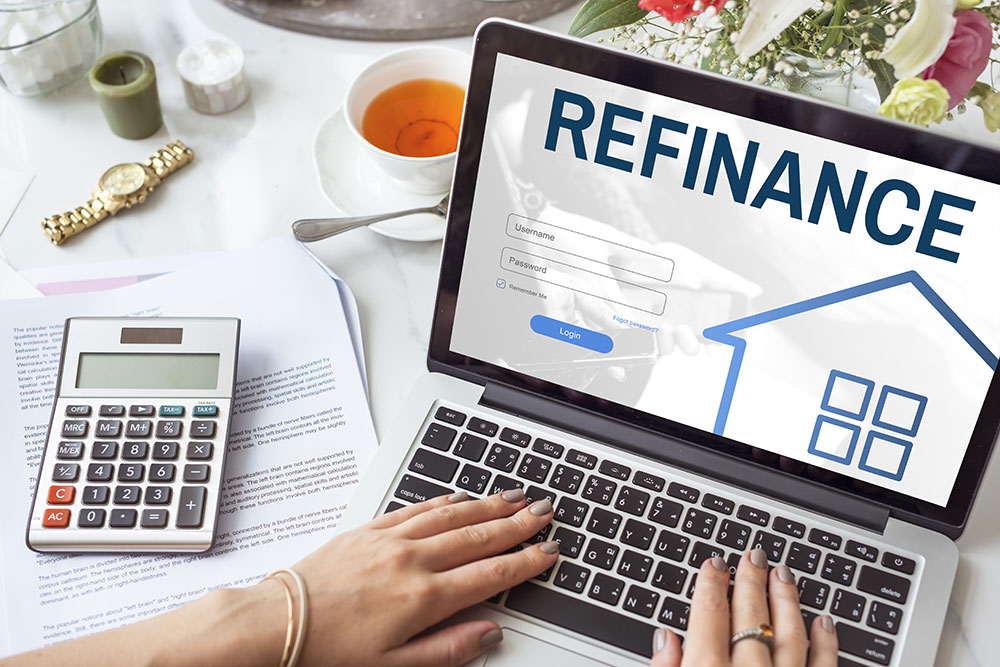
Refinancing a home loan can offer numerous benefits, including the potential to save money and improve your financial standing. However, it’s essential to understand that refinancing is not always the best option for everyone. Before making a decision, it’s crucial to assess your current situation and determine if refinancing makes sense for you.
Definition of Refinancing
Refinancing refers to the process of replacing an existing mortgage with a new one, typically with better terms. The new loan pays off the remaining balance on the old loan and becomes the primary home loan. Essentially, refinancing allows you to restructure your debt by taking out a new loan that is used to pay off your current one.
Reasons to Refinance Your Home Loan
There are several reasons why homeowners may consider refinancing their mortgage:
- Lower interest rates: Interest rates fluctuate over time, and if they have decreased significantly since you took out your mortgage, refinancing could result in significant savings.
- Shorter loan terms: Refinancing can also allow you to switch from a longer-term loan to a shorter one, allowing you to pay off your mortgage sooner and save on interest payments.
- Improved credit score: If your credit score has improved since you first took out your mortgage, refinancing could potentially qualify you for better terms and lower interest rates.
- Change in financial situation: Refinancing can help homeowners who have experienced a change in their financial situation, such as a job loss or increase in income, to adjust their monthly payments accordingly.
- Switching from an adjustable-rate to a fixed-rate mortgage: If you currently have an adjustable-rate mortgage (ARM) and want more stability in your monthly payments, refinancing to a fixed-rate mortgage may be beneficial.
The Refinancing Process

The process of refinancing is similar to that of obtaining a new mortgage, as it involves submitting an application and going through the approval and closing process. Here are the steps typically involved in refinancing your home loan:
Determine your goals and eligibility
Before diving into the refinancing process, it’s essential to have a clear understanding of your financial goals, such as reducing your monthly payments, accessing cash for home improvements, or consolidating debt. Additionally, assess whether you qualify for a new loan based on factors like your credit score, income stability, and existing debt-to-income ratio. A solid credit score will not only facilitate your eligibility but also influence the terms and interest rates offered to you, ultimately affecting your long-term financial health.
Shop around for lenders
Just like obtaining a mortgage, shopping around and comparing offers from various lenders when refinancing is crucial. Different lenders can offer varying rates and terms, so take the time to research and inquire about multiple options, including traditional banks, credit unions, and online lenders. Pay attention to fees, customer service reviews, and overall convenience, as these factors can impact your refinancing experience.
Submit an application
Once you’ve identified a suitable lender that aligns with your financial goals, you will need to submit a comprehensive application for refinancing. This typically involves providing personal and financial information, including your income, monthly expenses, assets, and existing debts. Be prepared to outline your reasons for refinancing, as lenders often look for clear justifications for the request. Having all your documentation organized can streamline this process and facilitate quicker approval.
Get your home appraised
After submitting your application, the lender will schedule an appraisal of your property to determine its current market value. This appraisal is a crucial step in the refinancing process, as it can impact the amount you are able to borrow and the terms of the new loan. Ensure your home is in good condition prior to the appraisal, as any improvements or updates can positively influence its value.
Await approval and closing
Once all the necessary documents have been submitted and thoroughly reviewed, the lender will make a decision regarding your refinancing application. If approved, you will be required to sign the relevant paperwork, which may include detailed loan terms and conditions. Additionally, be prepared to pay any closing costs associated with the refinancing process. Once everything is signed and settled, you will finalize your refinancing, paving the way for new financial opportunities and potentially more manageable monthly payments.
Potential Pitfalls of Refinancing
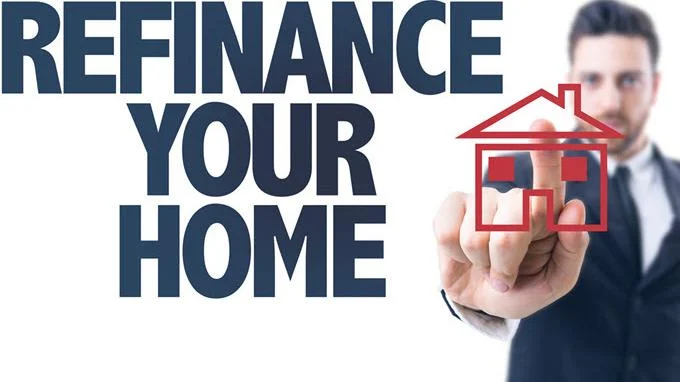
While refinancing can offer many benefits, it’s essential to be aware of potential pitfalls that may arise during the process. These include:
Closing Costs
Refinancing often involves closing costs, which can include appraisal fees, title insurance, loan origination fees, and other expenses that may add up to thousands of dollars. It’s crucial to factor these costs into your decision-making process. In some cases, you may encounter lenders who offer “no-closing-cost” refinancing, but often this is offset by higher interest rates or fees rolled into the loan amount, which can negate the potential savings. Therefore, carefully evaluate the overall costs versus the long-term savings to ensure that refinancing truly benefits your financial situation.
Length of Time to Break Even
Another important consideration when refinancing is the length of time it will take to break even on the costs associated with the refinance. This is calculated by dividing the total closing costs by the amount saved on your monthly mortgage payment. If you plan to stay in your home for a shorter period than it takes to break even, it may not make sense to refinance. Understanding your long-term plans can help you determine if the additional savings from refinancing outweigh the upfront costs.
Market Conditions
Lastly, keep in mind that market conditions can impact your refinancing options. Interest rates can change rapidly, and waiting too long to refinance might lead to missing out on a better rate. Staying informed about the mortgage market trends and consulting with a financial advisor can provide valuable insights, ensuring that you make well-informed decisions about your refinancing journey.
How to Determine if Refinancing is Right for You
Before deciding to refinance, consider the following factors:
Current Interest Rates
Monitoring current interest rates is vital when evaluating the potential benefits of refinancing. Lower interest rates than what you’re currently paying could translate into significant savings over the duration of your loan. Keep an eye on economic indicators that influence interest rates, such as inflation and the actions of the Federal Reserve, to better understand when might be the best time to refinance. If rates have dropped significantly since you secured your initial mortgage, refinancing could be advantageous even if your original loan was fixed.
Your Financial Situation
Assessing your current financial situation is equally critical. Consider factors like changes in income, job stability, and whether you’ve accumulated additional debt since your original mortgage was issued. If you have improved your credit score or increased your income, you may qualify for better refinancing terms. Additionally, if you’re experiencing financial strain, refinancing could help ease your monthly burden by lowering your payments or extending the loan term, providing you with more disposable income each month.
Your Long-Term Plans
Your long-term plans play a crucial role in the decision to refinance. If you anticipate staying in your home for many years, the savings from a lower interest rate or reduced monthly payment can accumulate significantly. Conversely, if you plan to sell or move within a few years, the costs associated with refinancing may outweigh the temporary benefits, making it less worthwhile. Take a moment to evaluate your housing objectives and determine how long you intend to remain in your current residence—it could significantly influence your refinancing decision.
Real-Life Examples of Successful Refinancing
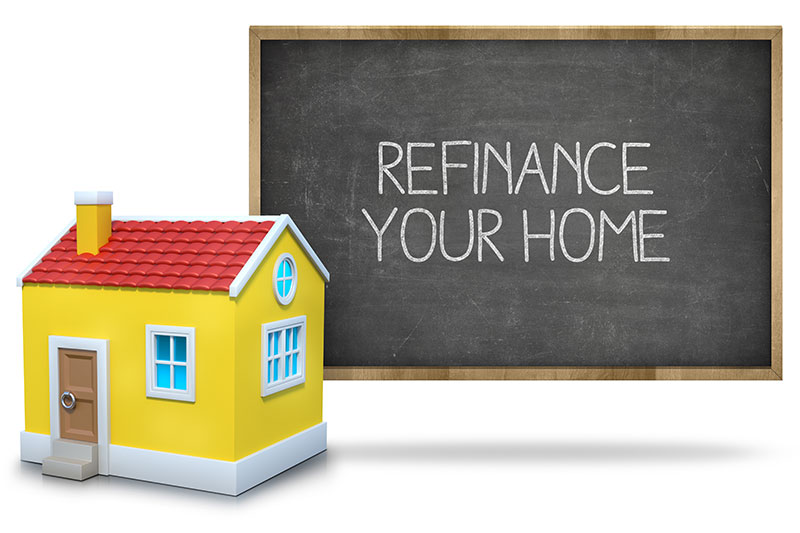
John and Mary S.
John and Mary successfully refinanced their home loan, reducing their monthly mortgage payments by an impressive 20%. This significant decrease in their financial burden not only allowed them to save for their children’s education more effectively, but it also provided them with the opportunity to take a much-needed family vacation. They were able to plan a memorable trip that brought the whole family closer together, creating lasting memories while also ensuring a secure financial future for their children.
The Garcia Family
By refinancing their home loan, the Garcia family was able to consolidate multiple debts into a single, manageable payment. This strategic move lowered their monthly payments significantly and allowed them to pay off high-interest credit cards, saving them thousands in interest over time. With their finances in better shape, the Garcias can now focus on other important life goals, such as building a college fund for their children and planning for a family road trip.
Alex D.
Alex took advantage of the current lower interest rates to refinance his home loan, resulting in a shorter loan term by five years. This decision means he will be mortgage-free sooner than anticipated, providing him with financial freedom and peace of mind. By refinancing, Alex will save over $100,000 in interest over the life of the loan, which he plans to invest in long-term savings and possibly a down payment on a vacation home in the future.
Sarah W.
Sarah made the smart choice to refinance her home loan to tap into her home equity, enabling her to fund a much-needed home renovation. By securing a lower interest rate and extending her loan term, she managed to renovate her kitchen and update her living space without significantly increasing her monthly payments. This not only enhanced her living environment but also increased the overall value of her home, making it a worthwhile investment.
The Thompsons
The Thompsons took proactive steps by refinancing their adjustable-rate mortgage (ARM) to a fixed-rate mortgage. This transition provided them with much-needed stability in their monthly payments while protecting them against potential future interest rate hikes. With a predictable payment schedule, the Thompsons can now better plan their budget and focus on their family’s needs, knowing that their mortgage will remain consistent for years to come. This financial security has also allowed them to consider future investments and family plans with confidence.
Costs Structure of Home Loan Refinancing

Understanding the costs associated with refinancing a home loan is essential, as these expenses can significantly impact your overall savings. When considering refinancing, be aware of the following typical costs:
Origination Fees
Lenders usually charge an origination fee for processing your new loan, typically ranging from 0.5% to 1% of the loan amount. This fee covers the lender’s administrative costs and can be negotiated in some cases. It’s important to clarify this cost upfront to avoid surprises later in the process.
Appraisal Fees
An appraisal may be required to determine your home’s current market value before refinancing. Appraisal fees can vary widely depending on location and the size of the property, usually costing between $300 to $600. This fee must be factored into your overall refinancing expenses.
Closing Costs
Closing costs encompass various fees related to the loan finalisation and can add up to 2% to 5% of the total loan amount. These costs may include title insurance, attorney fees, credit report fees, and more. It’s crucial to obtain a detailed estimate from your lender to understand what closing costs you will incur.
Prepayment Penalties
Some lenders impose prepayment penalties on existing loans if you pay them off early during refinancing. This fee is designed to compensate the lender for the lost interest income. Before committing to a refinance, review your current mortgage agreement to see if prepayment penalties apply and consider them in your decision-making process.
Title Search and Insurance
A title search ensures that there are no liens or claims on your property, which is especially important if it is being transferred to a new lender. Title insurance protects against any future claims on the title. These costs can vary based on your location and the property’s value.
By accounting for these costs and weighing them against the potential benefits of a lower interest rate or monthly payment, you can make a more informed decision about whether refinancing aligns with your financial goals.
Conclusion
In summary, refinancing your mortgage can be a strategic financial decision that offers numerous benefits, including lower monthly payments, reduced interest rates, and improved financial stability. However, it is crucial to carefully assess your current financial situation, market conditions, and long-term plans before proceeding. Real-life examples illustrate how individuals and families have successfully navigated the refinancing process, enhancing their financial well-being and achieving their life goals. By weighing the pros and cons, staying informed about market trends, and considering your unique circumstances, you can make an informed choice that aligns with your financial aspirations. Whether you seek immediate savings or long-term security, a well-planned refinancing strategy can pave the way for a brighter financial future.




